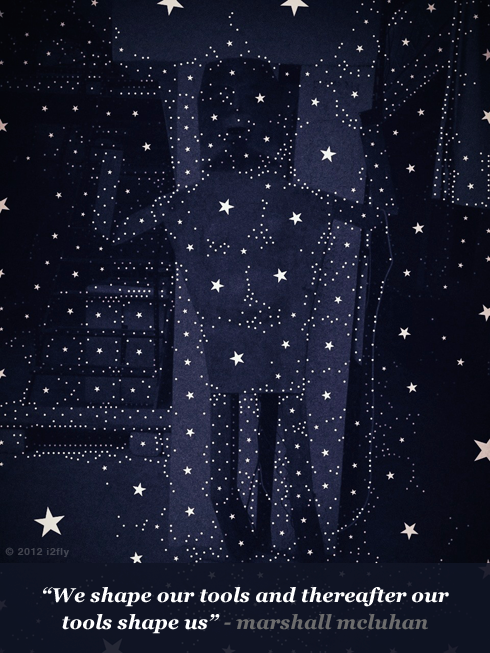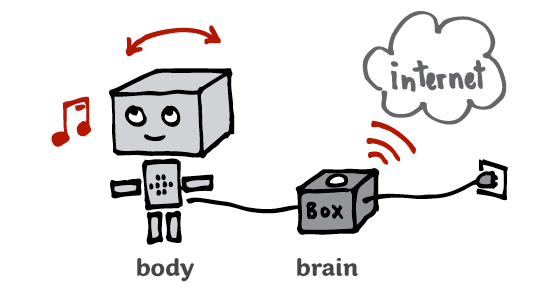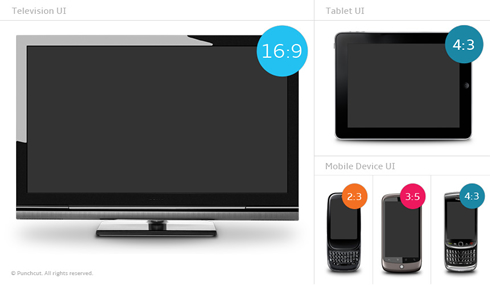
The above image is original and If you love and like to buy it, you should email me. It’ll make my day. I appreciate it. 🙂
Size: 13×17 inches or 960×1280 px at 72dpi

reaDIYmates are fun wi-fi objects that you can build easily. They move and play sounds depending on what’s happening in your digital life.
“You can choose from a variety of existing designs or create your own object. Then decide what you want them to do through a simple web interface. Link them to your digital life (Gmail, Facebook, Twitter, Foursquare, RSS feeds, SoundCloud, If This Then That!) or control them remotely in real time from your iPhone.”
Very interesting!
by Erica Gorochow

I wrote about Berg’s ideas earlier too and their ideas, innovation always give smiles on my face. Something different but connected to physical stuff. So here is another super cool idea they called as “Little Printer” crafted it beautifully. 🙂
“Little Printer lives in your home, bringing you news, puzzles and gossip from friends. Use your smartphone to set up subscriptions and Little Printer will gather them together to create a timely, beautiful mini-newspaper.”
You can say its little newspaper which can fit any where plus paper is like a screen that never turns off. You can stick to the fridge or tuck it in your wallet. You can scribble on it or tear it and give it to a friend.
Via BERG Cloud
Recent discussion at Mobile Portland on the importance of considering “context†in designing mobile products and services. (The Panelists includes Josh Clark, Daniel Davis, Ty Hatch, Rachel Hinman and Tim Kadlec).
“Pick up most books about building web sites or products for mobile and you’ll hear a common refrain extolling you to pay attention to the mobile context. Usually this means paying attention to the fact that people using mobile phones are likely to be on the go, have limited attention, and slow Internet connections. This may have been true in the past, but data suggests that this behavior is changing: 93% of smartphone owners use their smartphones while at home, 62% of people use their mobile phone while watching television, 69% use mobile while shopping, 39% of smartphone owners use their devices in the bathroom.â€
Via mobileportland
“Design is not just what it looks like and feels like. Design is how it works.â€Â – Steve Jobs
Designing for emerging markets talks about the issues involved in entering emerging markets. In this animation Apala Lahiri Chavan goes through several processes of design innovations and calls attention to the importance of cross-cultural challenges.
Design is a way of life, a point of view. It involves the whole complex of visual communications: talent, creative ability, manual skill, and technical knowledge. Aesthetics and economics, technology and psychology are intrinsically related to the process.â€
– Paul Rand Graphis, 1981
A short presentation by Precious, outlining six design patterns for multi-screen experiences. The presentation outlines different ways to think about the relationships between multiple co-existent screens (which they’ve called Coherence, Synchronization, Screen Sharing, Device Shifting, Complementarity, Simultaneity). via smallsurfaces.
Practitioners of mobile UX design often cite context as the biggest difference between designing for mobile experiences and other design spaces. But what does “the mobile context“ really mean?
Rachel Hinman Article on “De-Mystifying The Elusive Mobile Context” talk about Mobile experiences occur in diverse places and times, and under dynamic social conditions.
Using simple, delightful illustrations, designer Stefan Sagmeister shares his latest thinking on happiness — both the conscious and unconscious kind. His seven rules for life and design happiness can apply to everyone seeking more joy.
At the recent Interaction 11 conference, Nick Myres  spoke about the growing importance of visual interface design to both brand and user experience in an increasingly digital world.
“Nick Myers is the managing director of visual design and branding at Cooper where he works with teams to design experiences across a variety of digital products and services.”

Change is a constant. The device landscape for which we design is always changing and the device types are always proliferating. And with the increasing demand for unique mid-screen devices, it is becoming an even more arduous task to keep things straight.
Few Design Considerations:
Via Punchcut, download the toolset &Â reference chart.

“Devices have outgrown one-size-fits-all design. Experiences must be selectively adapted only where they are relevant, and flow together across a series of devices and contexts. In a multi-device world, continuity is the new consistency.”
Punchcut has published an article and few set of guidelines for the design of distributed / multi-device experiences:
1. Understand the digital ecosystem, its organisms and relationships
2. Focus on distribution, not duplication
3. Adapt experience touch-points to each context
4. Embrace the concept of services, not applications
5. Establish frameworks to provide flexibility
6. Take the time to get the details right
7. Seek to evolve and enhance relationships
You can also watch the above video “One Size Does Not Fit All” which talks about methods for uncovering the unique opportunities that emerge when designing for convergence.
vivek